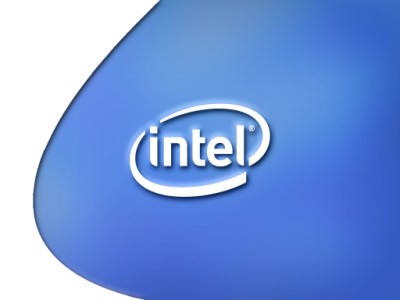The computer helper: Understanding Intel's new technologies
 Washington - Intel's technology leads the way when it comes to PC hardware today. Unfortunately, the company is also good at confusing consumers with its myriad brand names and labels. There's the i7, Viiv, a range of "extreme" processors, as well as the Core 2 Duo and Core 2 Quad. What does it all mean? Read on for some answers.
Washington - Intel's technology leads the way when it comes to PC hardware today. Unfortunately, the company is also good at confusing consumers with its myriad brand names and labels. There's the i7, Viiv, a range of "extreme" processors, as well as the Core 2 Duo and Core 2 Quad. What does it all mean? Read on for some answers.
Q: What's new about the Intel i7 chip, and is it worth paying extra for a computer that has one?
A: The Core i7, as Intel calls it, is the name of Intel's new flagship processor. It succeeds the Core 2 line of processors, which will be phased out.
Core i7 processors are all quad-core chips, meaning that each unit has four processing cores. Among the many new features of the chips are support for high-seed DDR3 memory; a new QuickPath Interconnect interface, which replaces the front side bus interface of previous generations; and "turbo boost" technology, which is a type of built-in overclocking functionality that allows the chips to run faster than their rated speed during times of heavy processing.
The i7 chips also boast some impressive power-saving features, as well. Each of the four cores can go into a zero-power mode when it's not being used, thus lowering power requirements of the chip and the system as a whole.
Right now the i7 is a desktop-only chip, but you can expect Intel to leverage the power-saving features of the i7 in an upcoming notebook processor.
In terms of price, the i7 does command about a 30 per cent premium over previous-generation chips, but entire system prices of machines built around an i7 are roughly in line with mid- to high-end systems that used previous-generation chips.
Are i7 systems worth a price premium? In a word, yes. All other things being equal, i7 systems perform at least 30 per cent faster than computers equipped with similarly clocked Core 2 Quad chips. And with an i7 system, you'll have some measure of defense against rapid obsolescence. The new chips use a different socket than the older Core 2 Quad processors do, so processor upgrades down the road with an i7 computer are not out of the question.
Q: What's the difference between Intel's Extreme chips and its standard Quad Core chips?
A: The "extreme" moniker applies to chips in each of Intel's desktop processors lines - Core 2 Duo, Core 2 Quad, and Core i7 - that are geared toward hardware enthusiasts. Accordingly, the "extreme" chips maximise what a processor in each line can do. They offer more on-board memory, or cache, than other processors in the same line, and they communicate with the rest of the computer's components at top speed. Perhaps most importantly to those who use them, however, extreme processors offer an "unlocked" multiplier, which allows enthusiasts to overclock the chips - or push them beyond their rated speeds - by adjusting timings in the computer's BIOS, or setup program.
Extreme chips also command an extreme price premium over other chips in the same product family. For example, the Intel Core 2 Extreme QX9770, which runs each of its four cores at 3.2 GHz and boasts 12 MB of cache, retails for close to 1,500 dollars - just for the chip. Given the rapid pace of change, and obsolescence, in the technology industry, the price premium of extreme processors makes them a questionable value for most people.
Q: What exactly is Intel Viiv? I have a digital video recorder that needs a PC needs with Intel Viiv to utilise a feature.
A: Viiv is the brand name that Intel chose to describe a combination of technologies that, together, are designed to allow consumers to work more efficiently with multimedia, including high-definition video. Thus, Viiv is geared toward media centre PCs or units that can serve in some capacity as digital video recorders. A specific set of technologies - include dual or quad core chips, high definition audio, and certain Intel chipsets - combine to make a PC worthy of the Viiv logo.
Viiv is a marketing initiative that's on the way out, however. Part of the reason is that many PCs sold today fully meet the specifications that used to be required for Viiv certification. If you have a device that supposedly requires a Viiv-ready PC and your computer is fairly new, try it with your computer anyway. It will probably work.
Q: I'm interested in purchasing a new laptop. Is there a difference between dual core processors and Core 2 Duo processors?
A: There can be. Intel's initial dual core processors were called Core Duo. That brand name gave way to a new generation of chips dubbed Core 2, which come in two varieties: Core 2 Duo and Core 2 Quad. The Core 2 Duo is a dual-core processor, and the Core 2 Quad is a quad-core unit. The "Core 2," then, has no relation to the number of cores on the chips; rather, you can look at it as the brand that denotes the second generation of multi-core processors from Intel.
--- Have a computer question? Send it to the Computer Helper at jayd@csi.com.